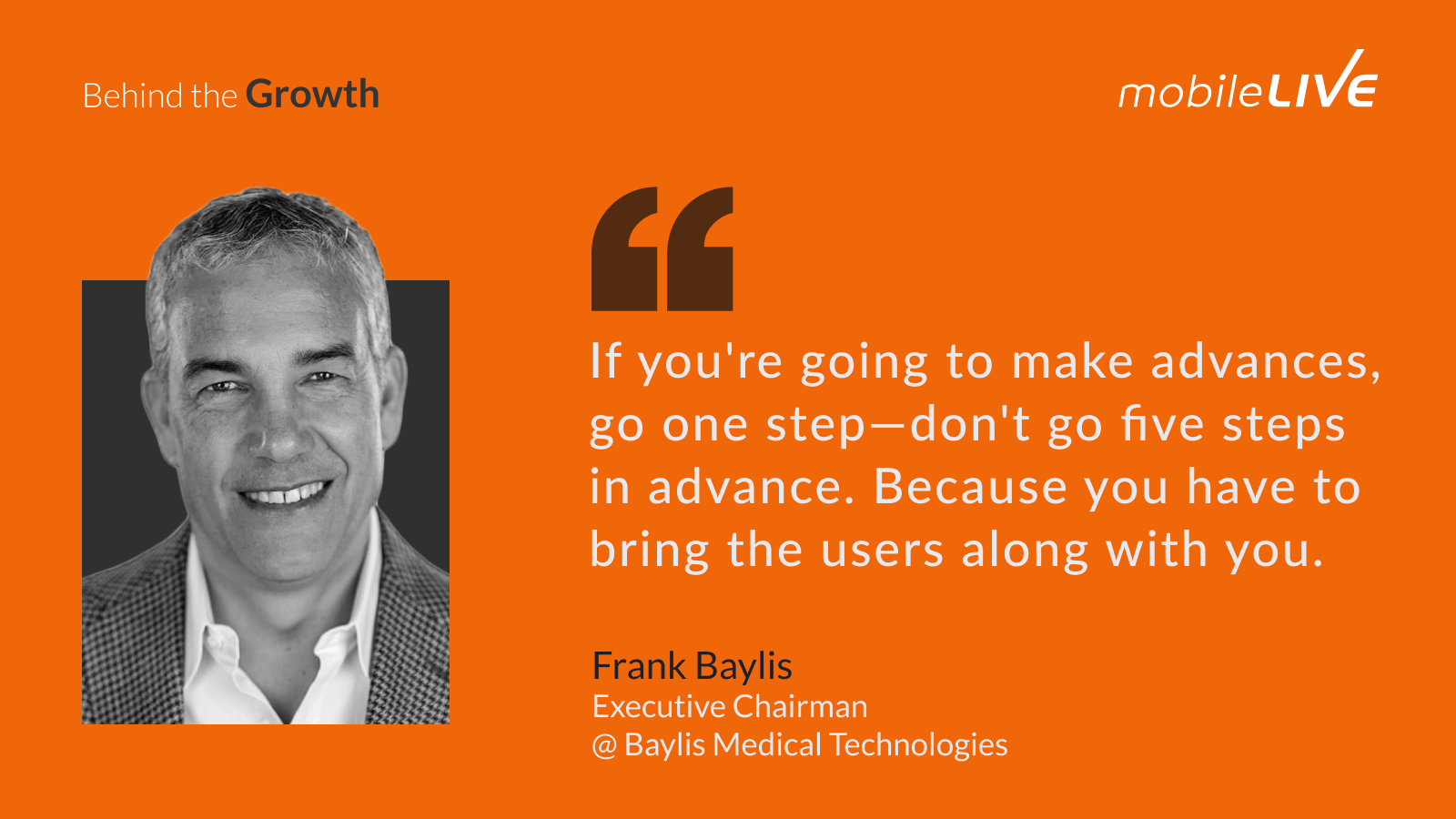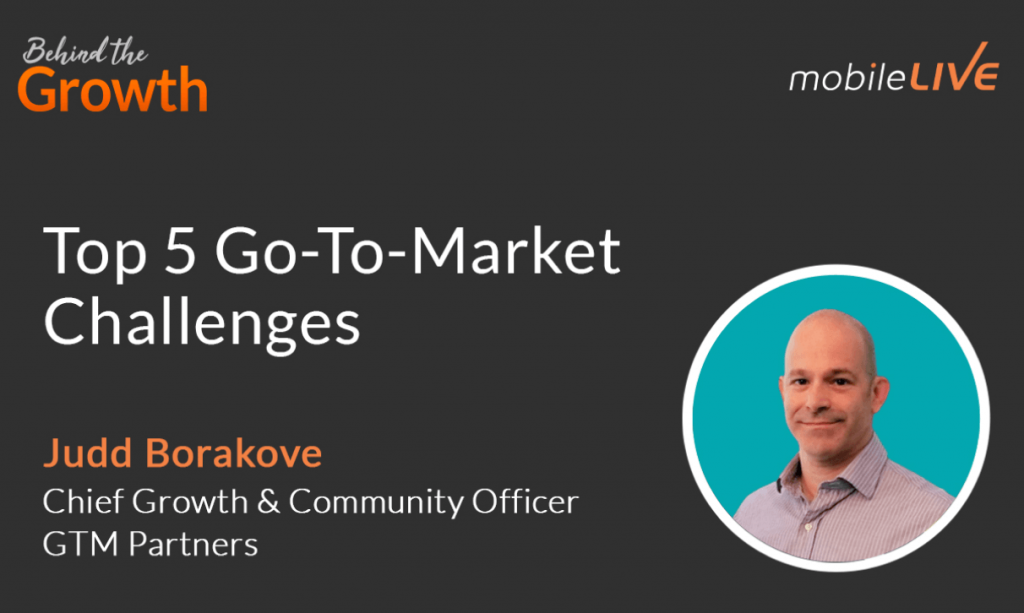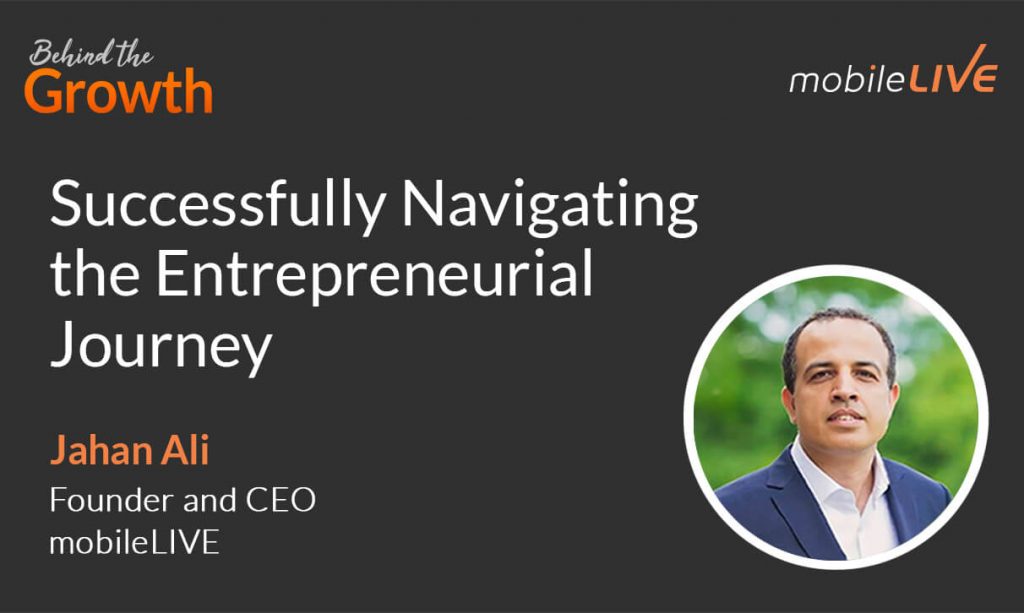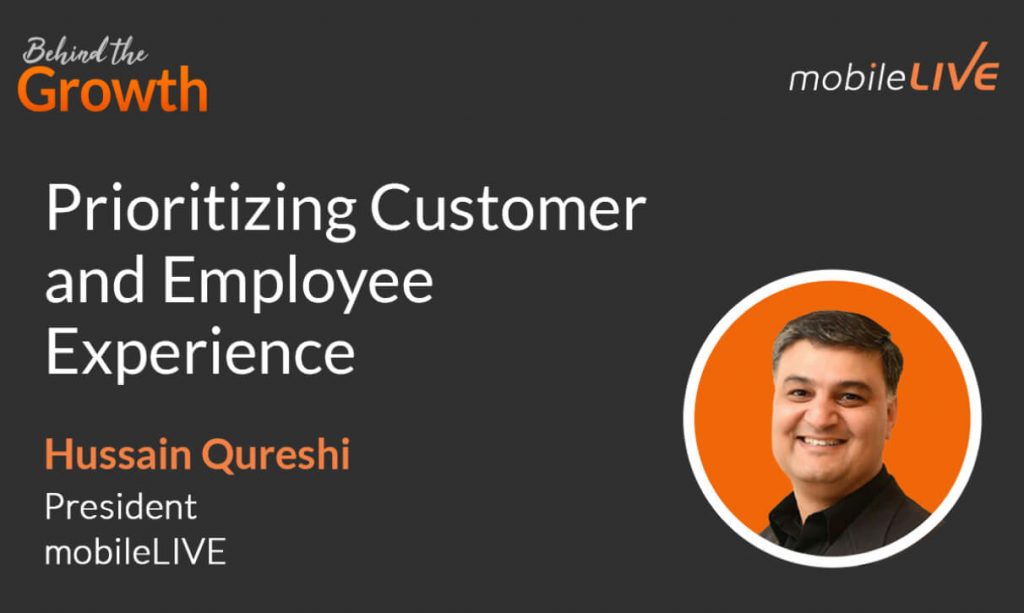Key Insights
Business growth is best described using three words: trial and error. Although we enjoy success stories, anyone aspiring to become an entrepreneur must not neglect the other side of the coin. After all, business owners are humans. They do their best to make their vision work but are not immune to mistakes. So it’s not about avoiding mistakes but learning from them. “First of all, not all of our products work. People like to tell a story, ‘I did A, B, C, D.’ That’s not how it works. You develop different things, and some work, some don’t. Some work well; some don’t work at all.”
We work in the market with slightly different and more strict rules. Offering medical devices is not the same as selling kitchen appliances or clothes. Manufacturers and distributors must meet specific requirements before introducing a new product. “We have to get through the regulations. You can’t just make something and then bring it to the market. In Canada it’s Health Canada. In the United States, it’s the FDA. In Europe, it’s the European norms we have to meet. […] We worked very tightly with physicians we call ‘key opinion leaders.’ These are doctors that other doctors will look to and listen to as they develop new products. So it’s a symbiotic relationship. We need them to help guide us, and they need us to develop their ideas.”
Starting a business comes with many unknowns. And regardless of the industry, challenges are inevitable and present a burden, especially for an inexperienced executive. “You get beat up when you’re in business. […] So we faced all of those regular challenges, and I was lucky to have an amazing partner so that I could share some of the load. A lot of people are entrepreneurs by themselves. It makes it even harder because they’ve gotta bear the load.”

Episode Highlights
From a Distributor of Medical Devices to Becoming One of the Biggest Innovators in the Canadian Healthcare Industry
“It was in the ‘80s when if you had bleeding in the middle of your brain, you died. There was nothing to do about it. And so these doctors, with some engineers in France, developed a way to go through the blood vessels into the middle of your brain and inject a little bit of crazy glue to try and close up the hole. And this physician had moved from France to Quebec and needed someone to buy this catheter.
And they approached my mother, and my mother said, ‘Yes, I’ll do it.’ So she started importing and selling this catheter. After a while, my mom said to Chris and me, ‘You two are engineers. Why don’t you develop the next version of this catheter?’
So I went and saw the doctor; by then, about five or six of the Americans were doing this procedure. And he says, ‘Frank, it’s a peanut business. There are five of us that do it.’ So I told my mom, ‘Now we’re not going to develop that.’
And sure enough, some companies in Silicon Valley decided that they would develop the next version of it, and they did. And a few years later, in the ‘90s, they sold it to Boston Scientific for no less than $1.2 billion way back then. So I learned, as I said, ‘Listen to your mother more.’ […]
When you’re distributing, you’re at the whim of the company you’re distributing for. So we would buy and resell in Canada, and what would happen? If we did well, the company would go, ‘You guys are doing great, but we don’t need a distributor anymore. We can go directly.’ Or we were doing good, and the company said, ‘It’s going so great everywhere that General Electric or someone else has bought us, and they don’t need you anymore.’
So it was an up-and-down life. And my partner Chris and I said, ‘Okay, we don’t wanna live that anymore. We want stability.’ So we decided then that we’re going to start developing our products. And […] as you develop more and more products, we slowly came to where we were almost a hundred percent in development and manufacturing, but it wasn’t an overnight step.”
If You Want to Start a Business, Start in a Small Market
“We started developing products in different fields, and the first ones we tackled were small markets. So we did a lot of work in pediatric cardiology. […] We saw that and were touched by the need for cardiology products in that area — both emotionally and business-wise.
And we had time to develop because no one was trying to beat us because they weren’t interested in these small markets. So that’s one of the lessons that we learned: start in a small market, and you’ve got time to learn and develop and work things out. And then we took a lot of those products and then adapted them and brought them into the market which is much bigger.”
Growth Brings Competition
“If you go to a bigger market, you must expect bigger competition. But we didn’t go to bigger markets till we were bigger ourselves. So it’s a bit like if you’re a boxer and a lightweight, don’t take on a heavyweight right away. Get a bit of muscle on and get up to middleweight. And if you’re strong, then you can go heavy. If you’re starting, and you have some amazing technology that can knock out the big guys, good for you. But we went step by step.”







